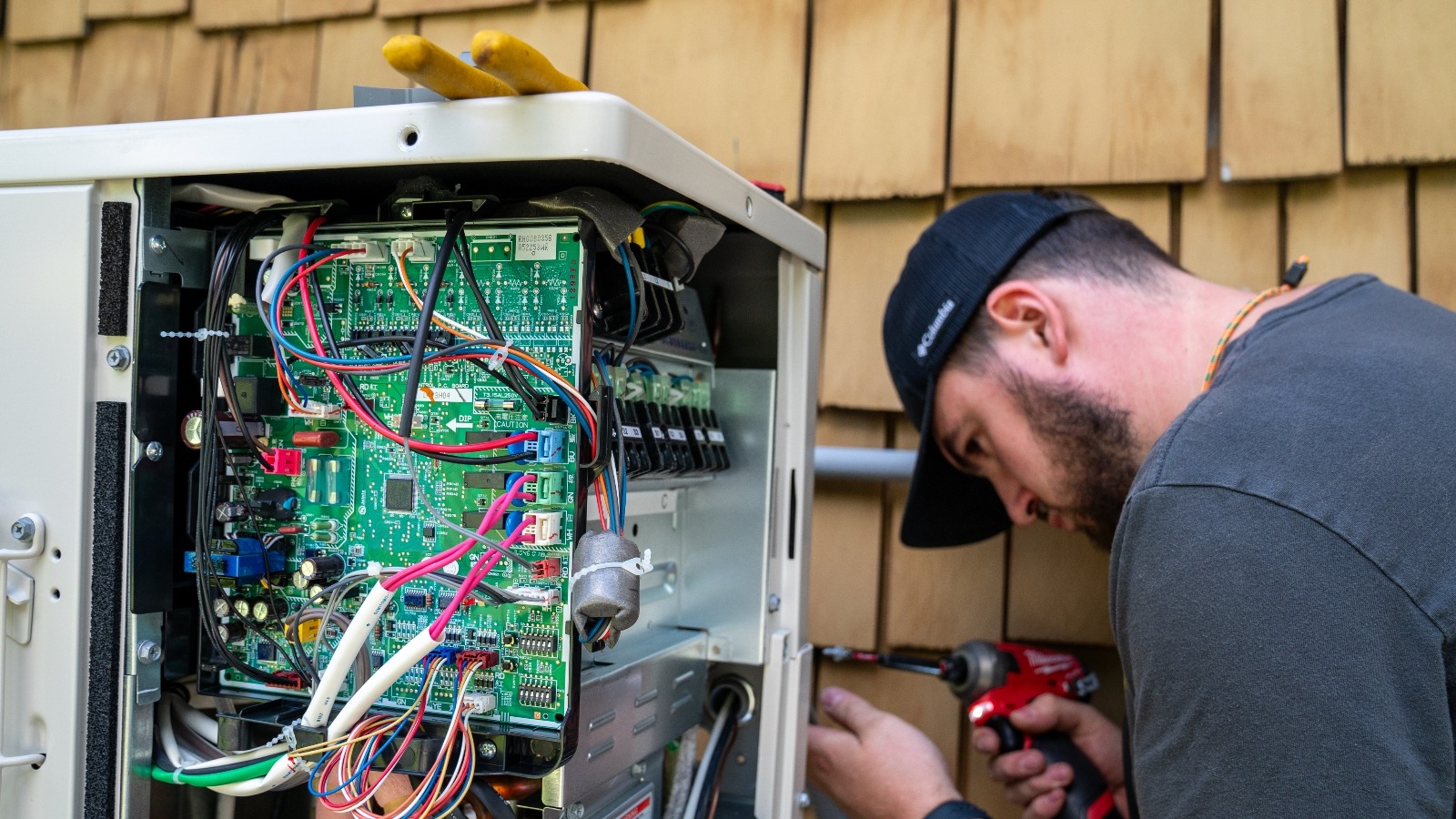Coatings, Vol. 15, Pages 1139: Effect of Solution and Aging Treatment on the Microstructural Evolution and Mechanical Properties of Cold-Rolled 2024 Aluminum Alloy Sheets
Coatings doi: 10.3390/coatings15101139
Authors:
Luxiang Zhang
Wei Liu
Erli Xia
Wanting Chen
Xuanxuan He
Dewen Tang
The cold-rolled 2024 aluminum alloy sheets were subjected to solution treatments at different temperatures followed by artificial aging. The microstructure and mechanical properties were investigated using Vickers microhardness testing, tensile testing, optical microscopy (OM), scanning electron microscopy (SEM) and transmission electron microscopy (TEM). The results indicate that as the solution temperature increases, the coarse particles gradually dissolved into the matrix. At a solution temperature of 500 °C, the grains become nearly equiaxed with an average size of ~16.47 μm, and no significant grain growth is observed compared to the as-rolled condition. The refined microstructure contributes to excellent mechanical properties. In contrast, when the solution temperature increases to 550 °C, the microstructure shows severe grain coarsening (up to ~61.39 μm), which indicates that overburning occurs, resulting in a drastic deterioration in mechanical performance. As the aging time increases, precipitates become more uniformly and densely distributed throughout the matrix, and the hardness initially increases and reaches a peak after approximately 6 h of aging at 180 °C. The optimal mechanical performance, characterized by a favorable combination of strength and ductility, is achieved at an aging time of 6 h. In summary, the optimal heat treatment condition for the cold-rolled 2024 aluminum alloy sheet is solution treatment at 500 °C for 1 h followed by aging at 180 °C for 6 h, resulting in a hardness of 154 HV, a tensile strength of 465 MPa and an elongation of 13%.
Source link
Luxiang Zhang www.mdpi.com

